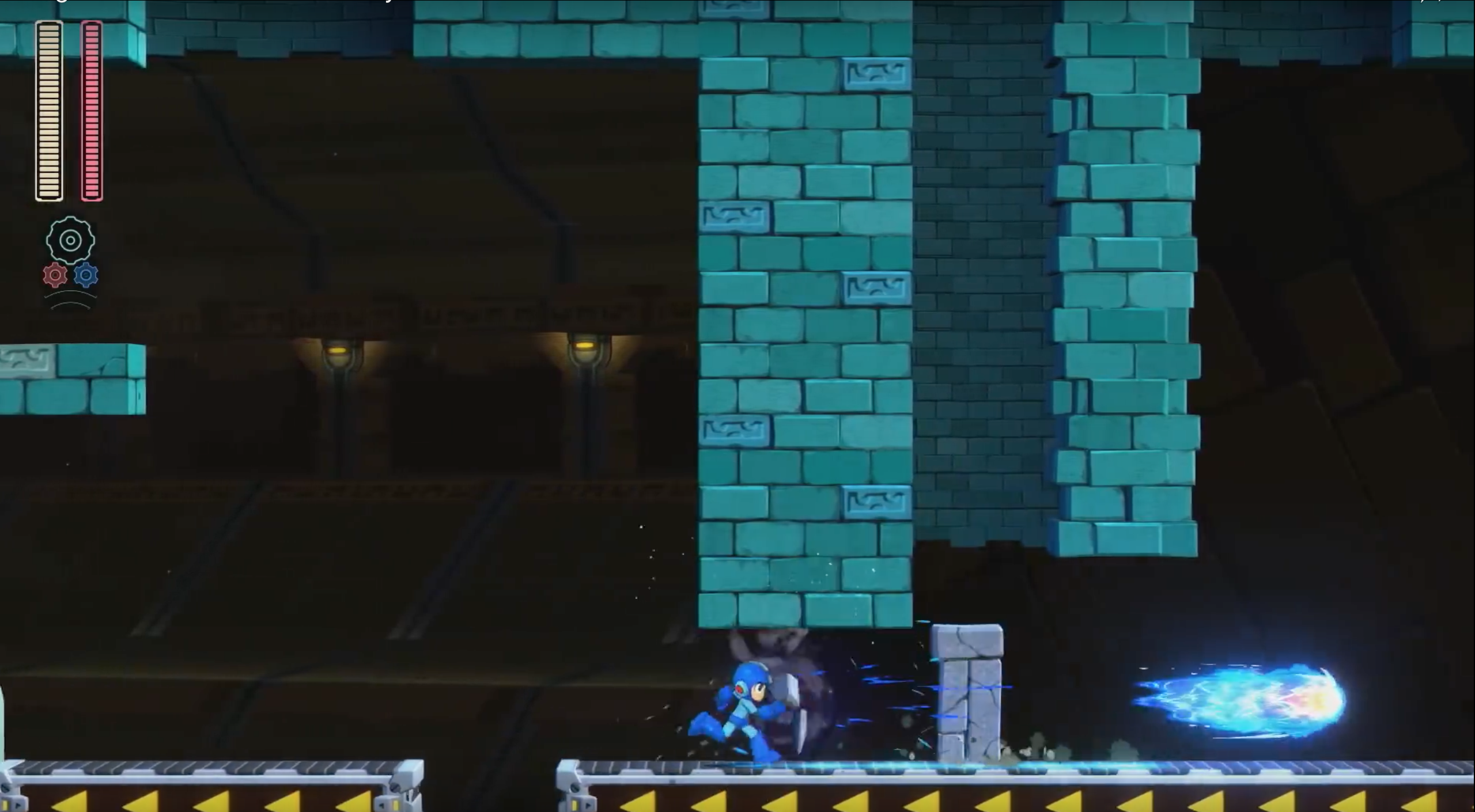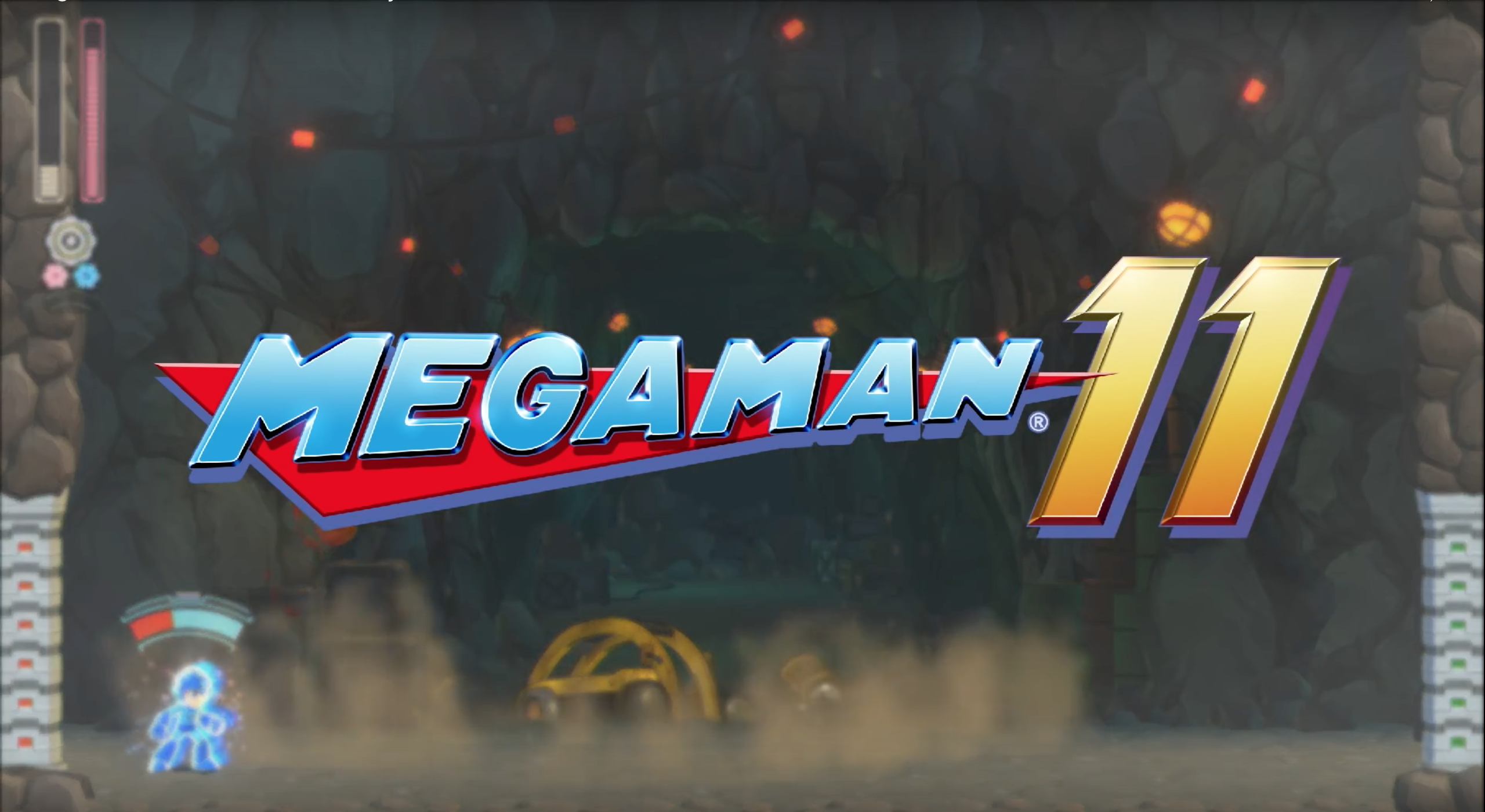In Dec. 2017, “Mega Man 11,” also known as “Rockman 11: Gear of Destiny” in Japan, was finally announced as part of the celebration of the franchise’s 30th anniversary.
The game will be released in the fourth quarter of 2018 for Microsoft Windows, Nintendo Switch, Playstation 4 and Xbox One. The game will be directed by Koji Oda and produced by Kazuhiro Tsuchiya.
“Mega Man 11” will depart from the pixel style its predecessors had and will feature 3D polygonal environments and characters instead, making it the first game 3D game in the series. Like the other entries in the main “Mega Man” series, it will be an action, platforming adventure.
Despite how long and well-known the series is, the original “Mega Man” back in 1987 was not a commercial success. Critics, however, enjoyed the game and received it well.
AllGame calls the NES version of the game a “near-perfect blend of action, challenge and audio-visual excellence” and awarded the game five stars, the highest ranking they have. Lucas M. Thomas of IGN describes it as an “undeniable classic” for the console while IGN editor Matt Casamassina takes it further by saying “Mega Man is one of the best examples of great graphics, amazing music and near-perfect gameplay rolled into one cartridge.”
 There is one feature of this franchise that fans or non-fans can agree on though: its difficult. Casamassina refers to it as the hardest in the main series as well as claiming its one of the toughest NES games in general to beat. While the difficulty and short length of the game hurts its replayability, it still remains as a beloved game.
There is one feature of this franchise that fans or non-fans can agree on though: its difficult. Casamassina refers to it as the hardest in the main series as well as claiming its one of the toughest NES games in general to beat. While the difficulty and short length of the game hurts its replayability, it still remains as a beloved game.
However, while there is a main series, “Mega Man” has spawned sub-series as well as spin-offs. The spin-offs range through three genres: fighting, handheld and miscellaneous. There are 16 total spin-off games, though the only one that has more than one game is “Dr. Wily’s Revenge” that has five games.
As for the sub-series, there are six: X, Legends, Battle Network, Zero, ZX and Star Force. “Battle Network” is the first sub-series to be introduced in the 21st century and it follows a different type of gameplay, switching to a real-time tactical roleplaying game.
“Battle Network” is an alternate reality branching off the original series where, instead of focusing on the development of robots, networks got more attention. This is due to Dr. Tadashi Hikari receiving funding for his networking and AI programs over Dr. Wily’s robotics. In the future, Lan Hikari (the doctor’s grandson) exists in the world filled with AI known as NetNavis, his being named MegaMan.EXE.
There are six main games to the series that are all for the GameBoy Advance (with the fifth game having been remade for the DS) as well as a crossover game with “Star Force.”
The “Star Force” series also is closer to “Battle Network” than any other game series in the franchise. The gameplay is still a real-time tactical roleplaying element, though the battles are done in 3D.
This series focuses on the advancement of electromagnetic technology and is the reason why the game’s world is connected in the way it is in 220X. The game’s protagonist is a boy named Geo Stelar, a reclusive boy who loves space and has withdrawn from people due to his father’s disappearance. There are only three entries in the series, all for the Nintendo DS.
Erika Brandenburg
Staff Writer

